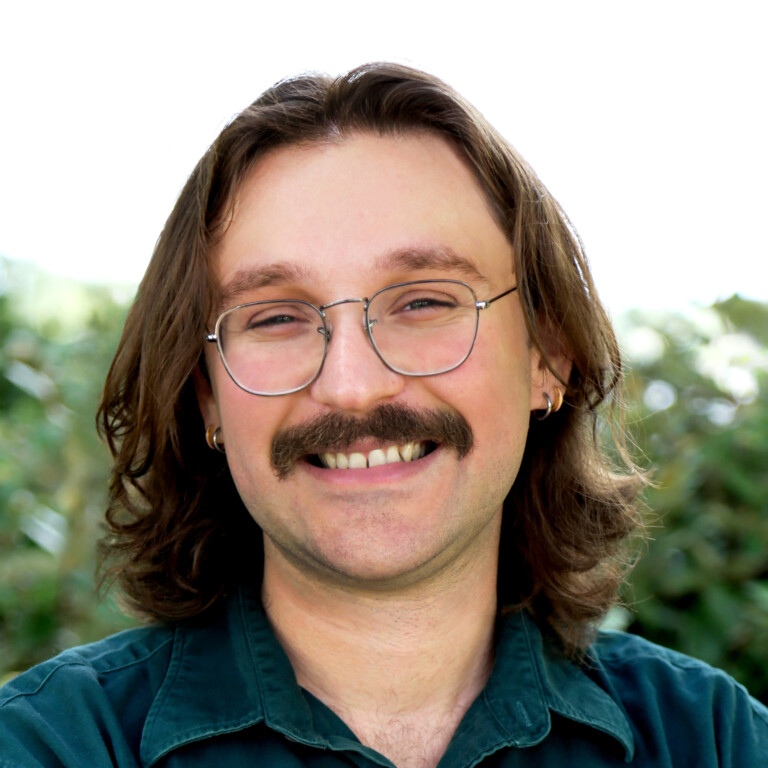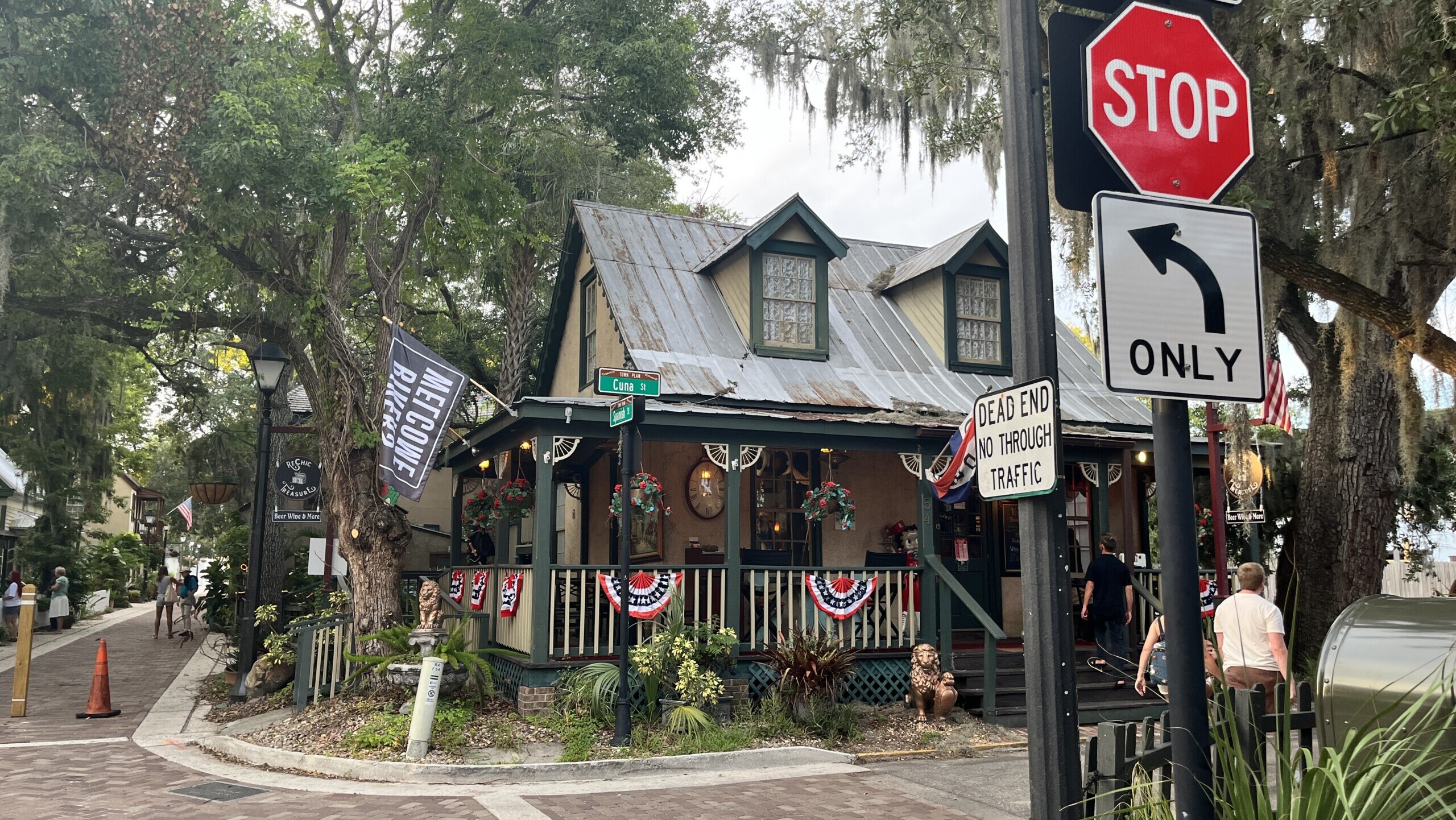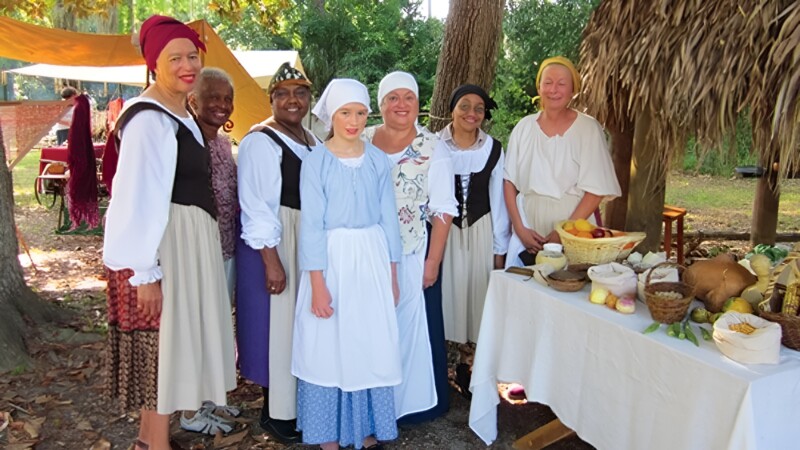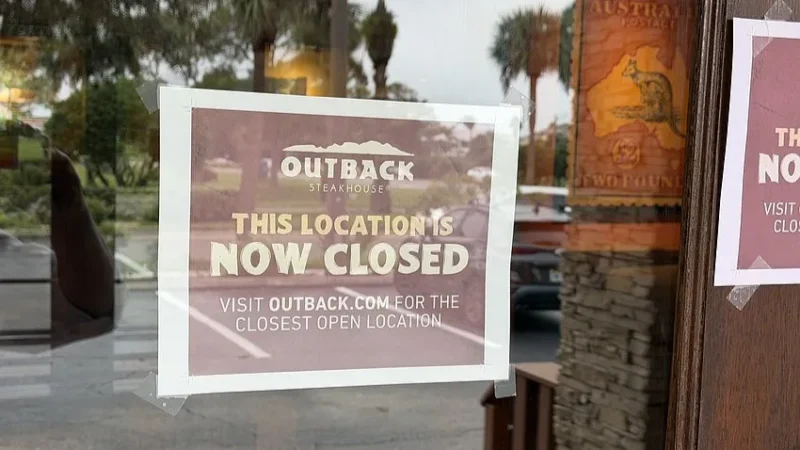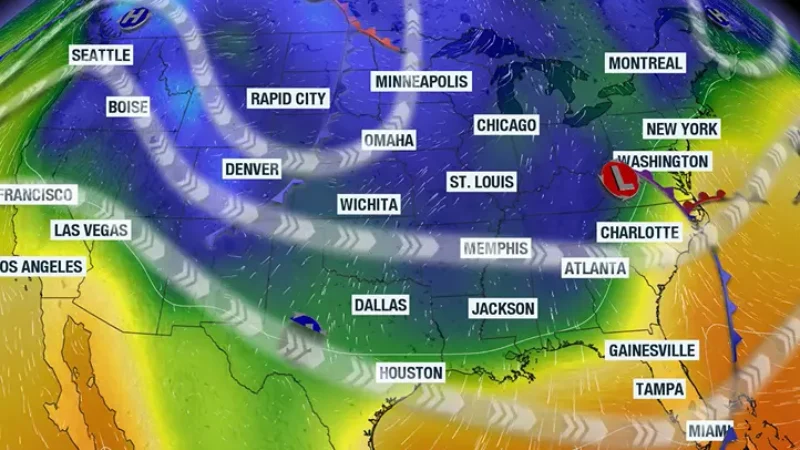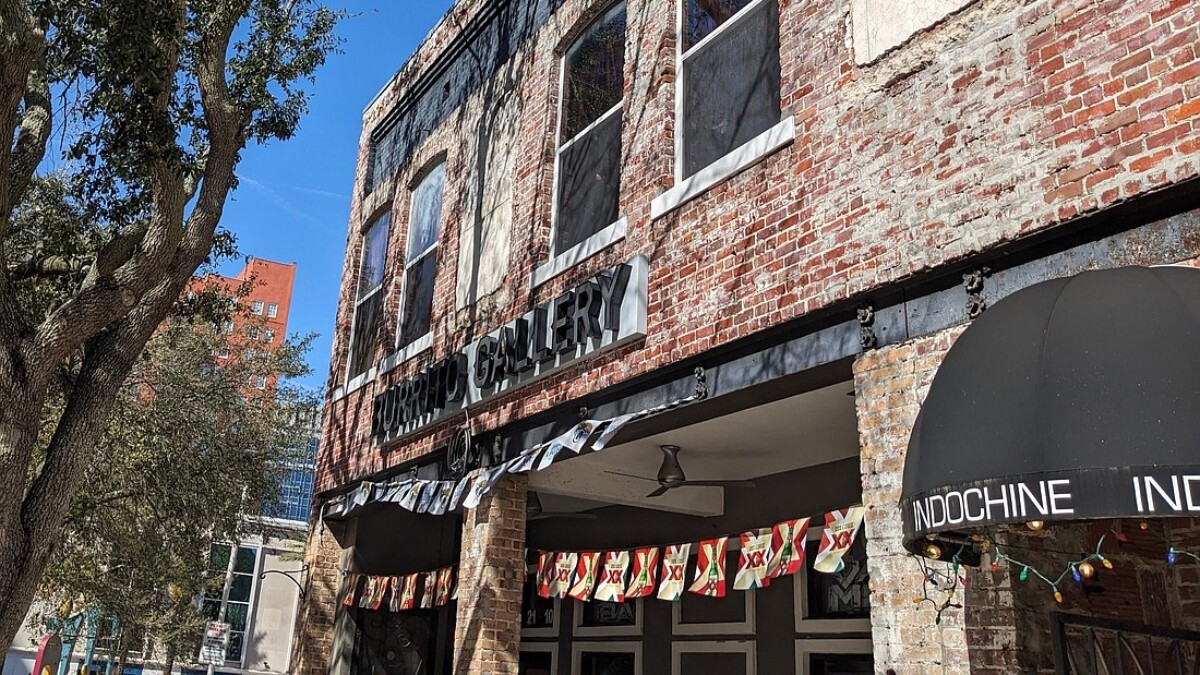After input from local residents and some business owners, the St. Augustine City Commission has decided to permanently restrict vehicle access to two parts of its historic downtown.
The change comes after the city closed off parts of Spanish Street to vehicle access as part of a four-month pilot program. Last year, parts of the street were closed while the city fixed it up. Once road improvements were finished earlier this year, at the urging of a handful of residents, the city kept parts of the road closed to vehicular traffic as part of a test.
The group of some 10 residents who live in the middle of Spanish Street were overjoyed with the possibility of the city’s making the change permanent. However, several business owners complained that the change not only cut off nearly all vehicular access to their businesses, but that they weren’t properly notified about the pilot program, either.
“It was a nightmare,” business owner Michael Pounds told the City Commission. “We suffered, and then, all of a sudden, the street didn’t get reopened.”
The business owners urged the city to consider a compromise: Either keep the street closed to vehicular traffic at the particularly dangerous blind curve on Spanish Street’s north end, or consider another pilot project restricting vehicular traffic only after business hours.
But a handful of the street’s residents pleaded that the city keep the traffic pattern in place.
The group cited improved pedestrian safety and quality of life for residents and visitors alike.
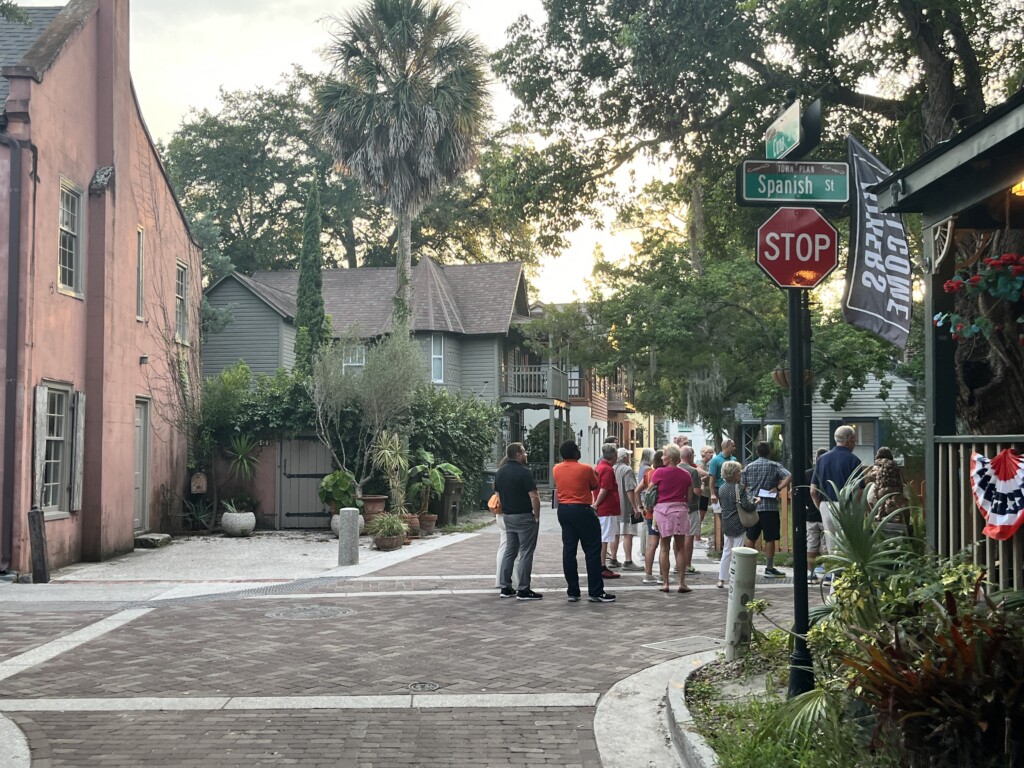
Longtime downtown resident Martha Mickler said there may be some growing pains for businesses, but that, ultimately, making the street more pedestrian-friendly would benefit everyone.
“We are ambassadors to the many businesses downtown. People stop and ask us for recommendations, and we are pleased to direct them to many of our neighboring businesses,” she said. “I’m very appreciative of all the efforts the city has taken to ensure a safer downtown for residents and people who walk down Spanish street.”
Ultimately, the City Commission sided with the residents.
While they were initially split, the city voted 3-1 — Mayor Nancy Sikes-Kline was absent — to make the new, pedestrian-focused traffic pattern permanent. City Commissioners said they had visited the street, spoken to residents and seen that the change made things safer.
City Commissioner Barbara Blonder said the change was in service of bringing the city closer to its ultimate goal of being safer for pedestrians, a goal she said cities all over the country are working toward.
“(Los Angeles) has made it very public that their goal is to have a car-free Olympics in 2028,” Blonder said. “If L.A. can do it, if they can even get part way there, we can designate a 230-foot section of a very narrow street with a lot of safety hazards as pedestrian-only.”
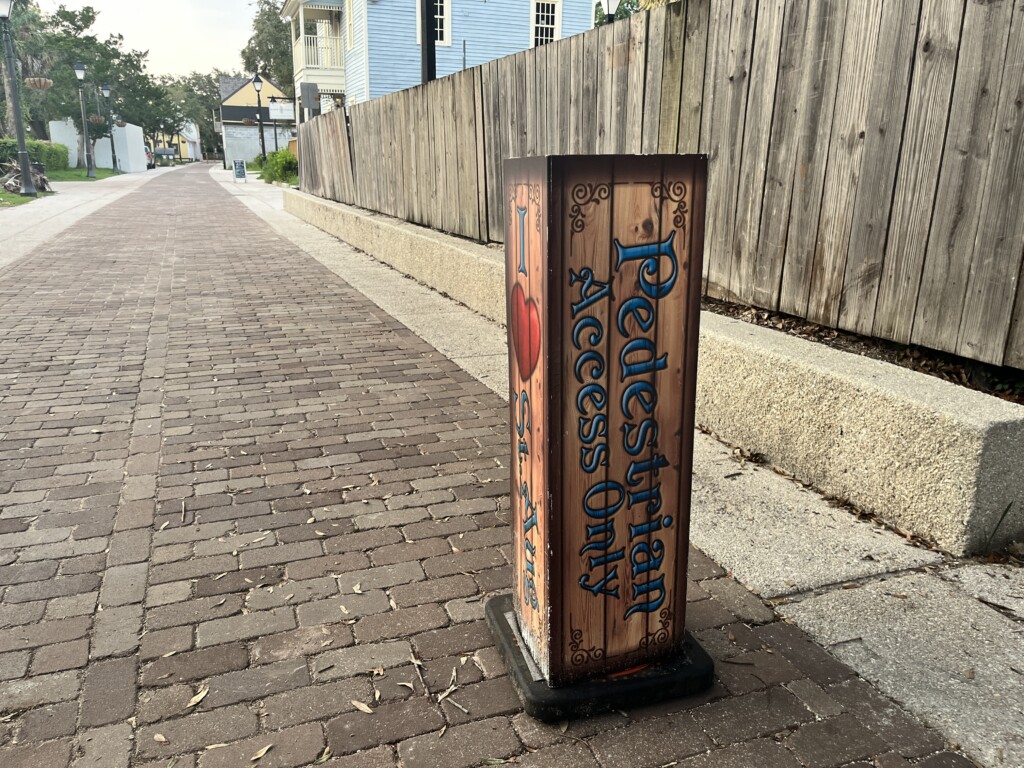
But if the goal is making the street more pedestrian- and visitor-friendly, walking tour company owner Carly Zervis says the city is missing the mark.
Zervis owns and operates the St. Augustine Transfer Company, and she’s worked as a tour guide in the city since 2009.
“I think that while creating pedestrian-only zones in the core historic district can enhance the safety and liveability of the city, removing access for all vehicles rather than modifying access by passenger vehicles and large trucks fails to consider tour vehicles of all kinds,” she told Jacksonville Today.
Think horse-drawn carriages, bicycles and golf carts, she says. Without factoring in modes of transportation other than peoples’ feet, Zervis says the city isn’t serving its ultimate goal of a truly multi-modal St. Augustine.
Traveling the old city
The segment of Spanish Street in question connects Treasury Street in the south to Orange Street in the north. Businesses, including bars, restaurants and bed-and-breakfasts dot the street, while a small neighborhood of homes is tucked into a half-block segment near the intersection of Spanish and Cuna streets.
It would be fair to call the new traffic pattern somewhat confusing. If a driver enters Spanish Street from the south, they are often met with pedestrians walking in the middle of the curbless, bricked street. That driver must exit Spanish Street at its intersection with Cuna Street.
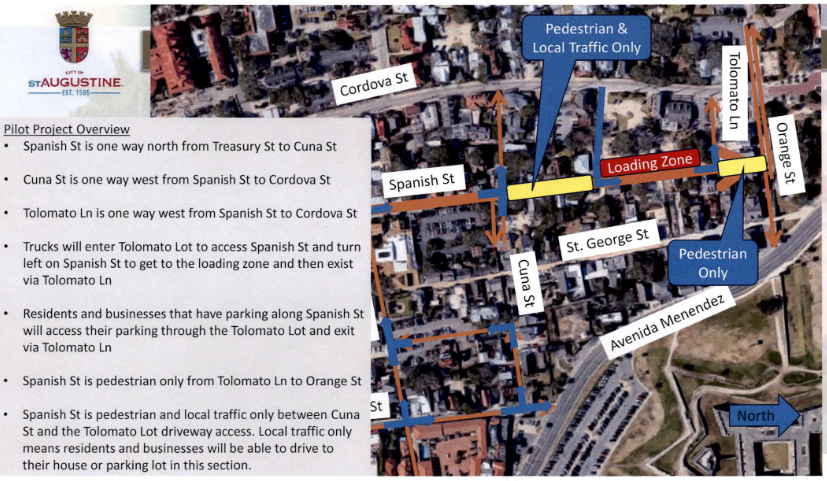
But from the north, the only current vehicle access to businesses including a cafe and a real estate office is through a dirt parking lot — which the city intends to pave — or via Tolomato Lane, which dead-ends into a pedestrian-only zone unless a driver exits through the dirt parking lot.
That said, the city stressed that Spanish Street is a work in progress and that, in time, everyone will get used to it. At the end of the day, City Commissioner Cynthia Garris said pedestrian safety is paramount.
“I believe that it’s in the best interest of the city to leave it the way it is now,” she said. “I’m sorry for the inconveniences (to) a couple of businesses, because I do understand their concerns, but they can still get to their businesses.”
